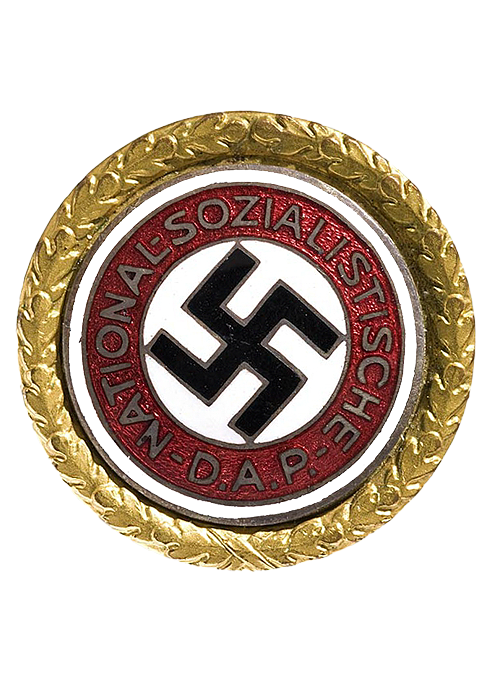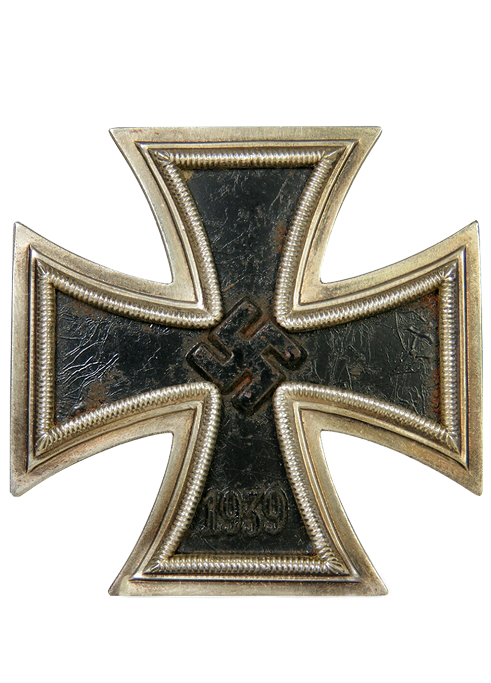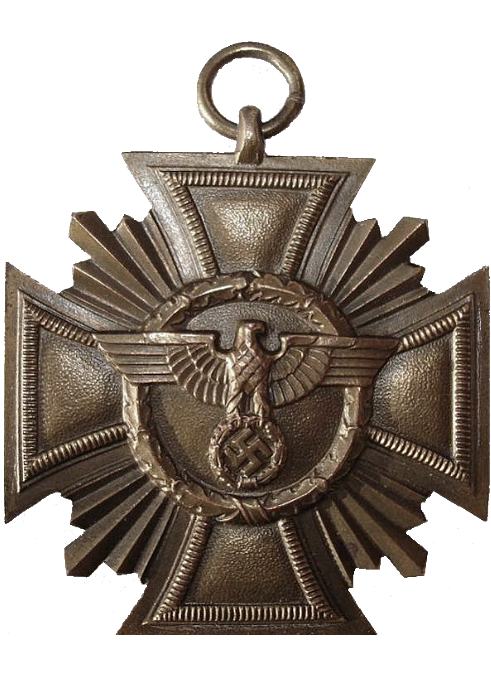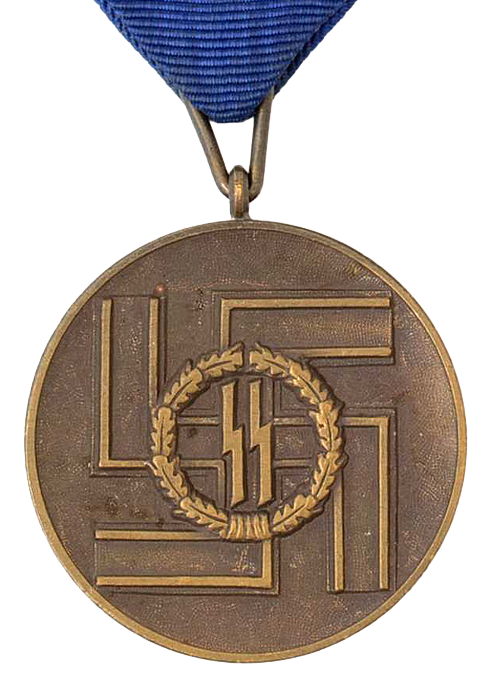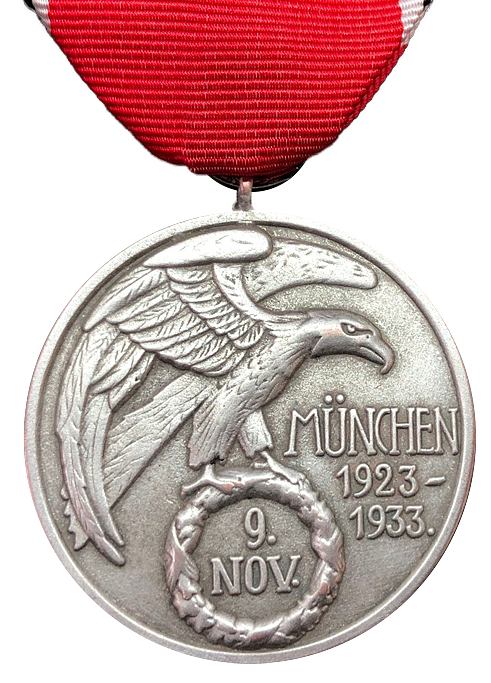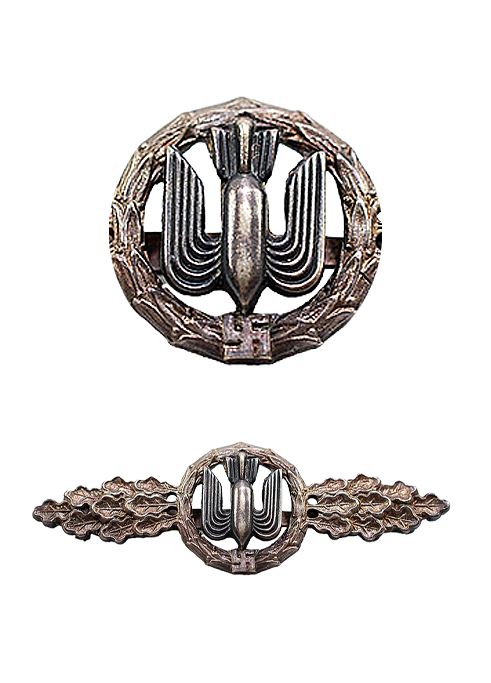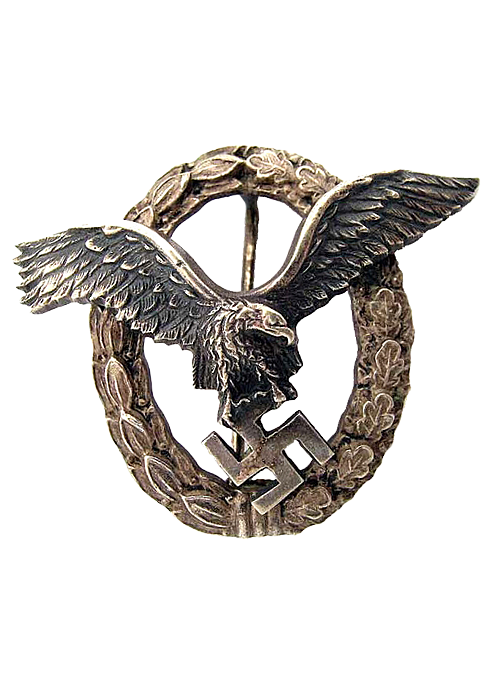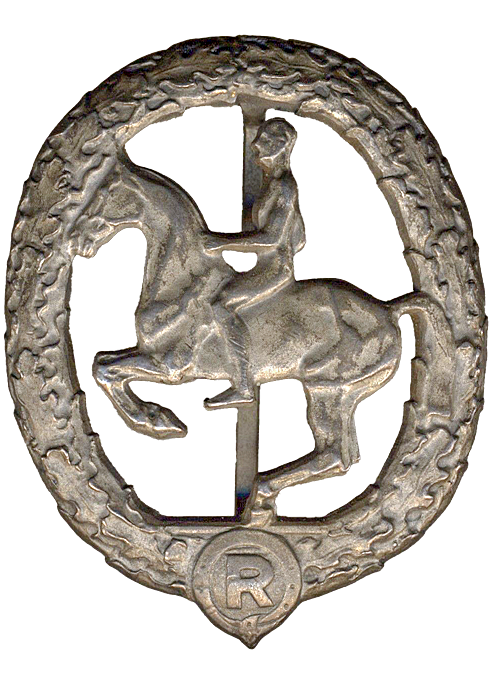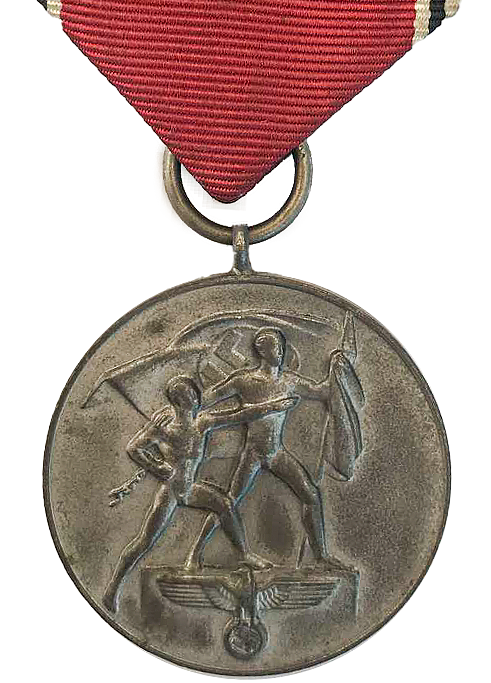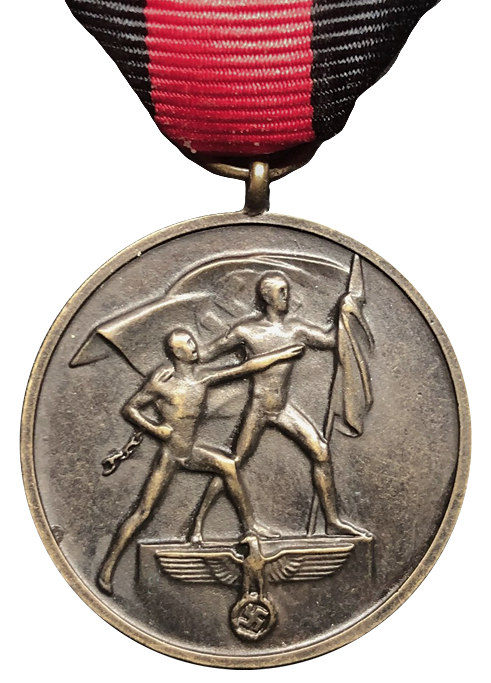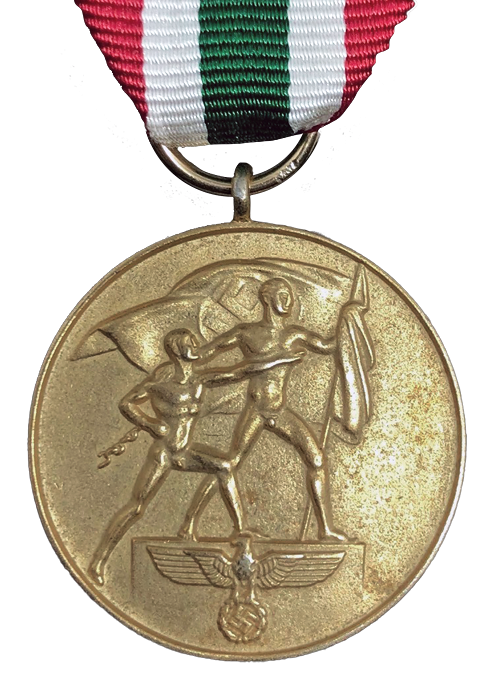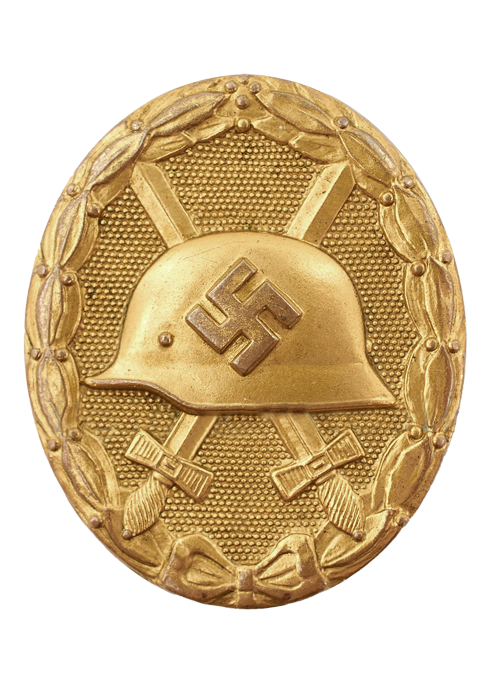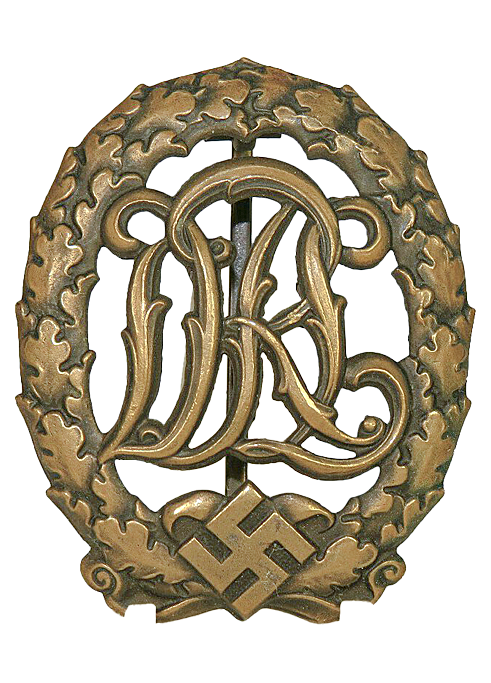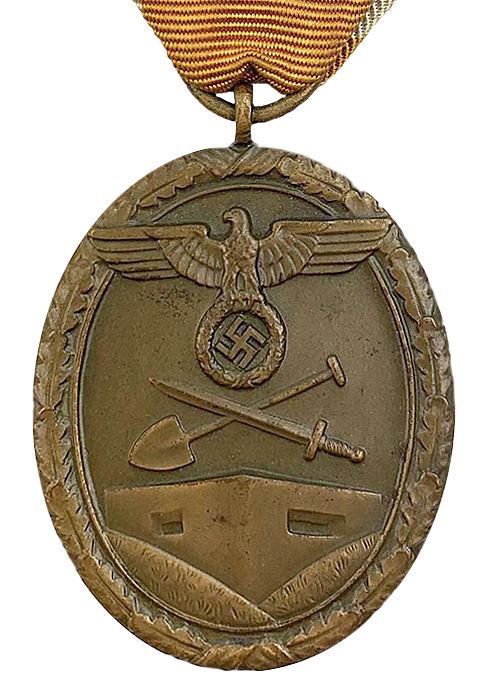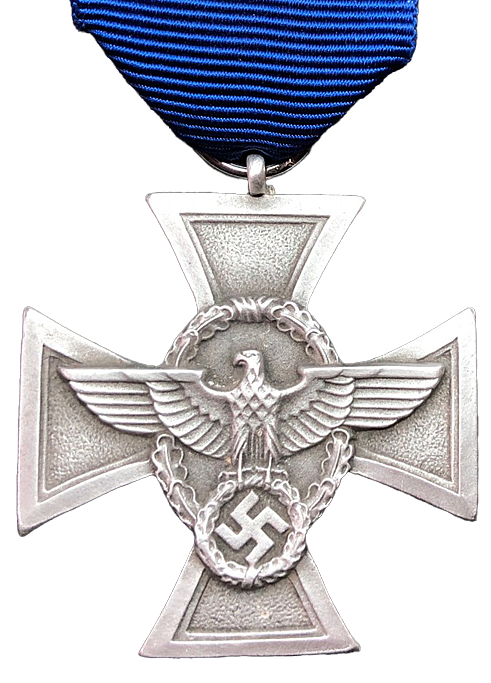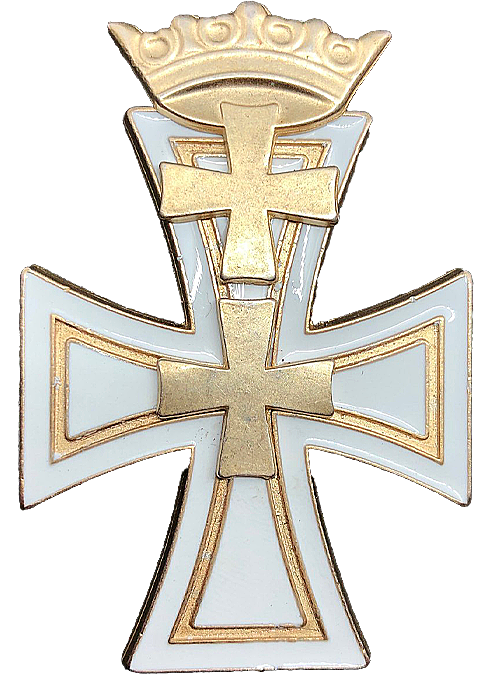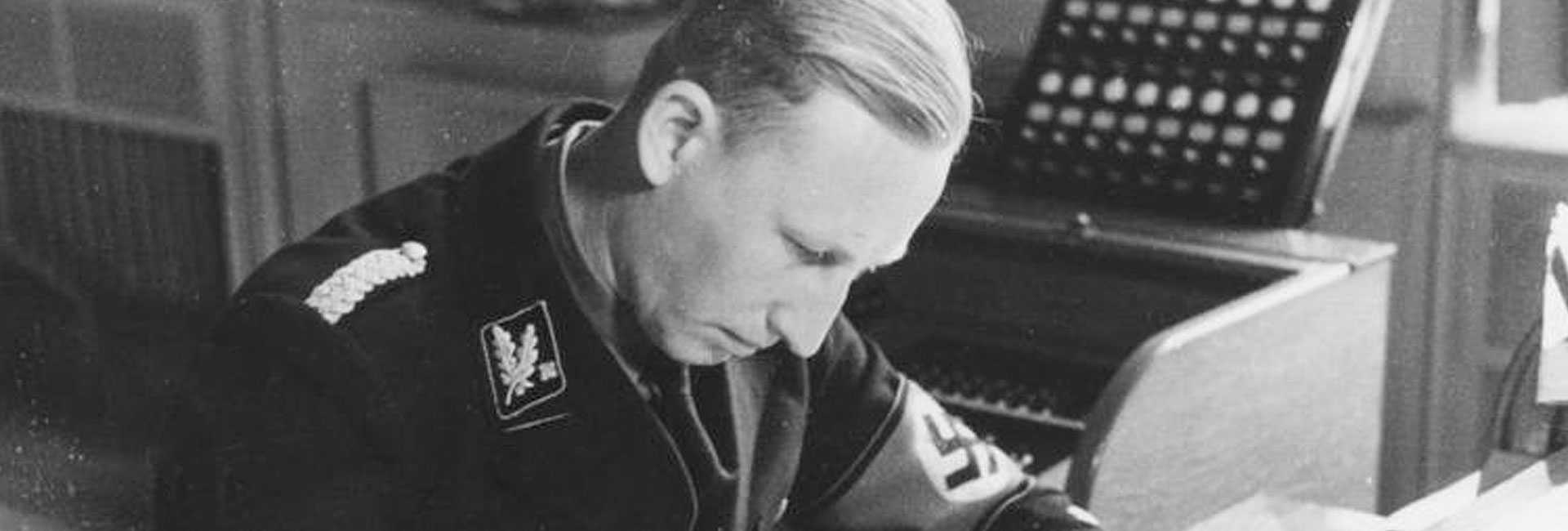Life and death of Reinhard Heydrich, the facts
Reinhard Tristan Eugen Heydrich, a prominent figure in the Nazi regime, left an indelible mark on history due to his significant role within the SS and his involvement in implementing some of the most brutal aspects of Nazi policy. This essay delves into the life, responsibilities, and impact of Reinhard Heydrich, shedding light on his contributions to the Third Reich.
Early life
Reinhard Heydrich was born on March 7, 1904, in Halle an der Saale, Germany. His youth provides a glimpse into the formative years of a figure who would later play a significant role in the Nazi regime. Heydrich was born to a relatively middle-class background and academically oriented family. His father, Richard Bruno Heydrich, was a composer, and his mother, Elisabeth Anna Amalia Krantz, came from a respected family of musicians. The family's cultural and social background may have influenced Heydrich's later interests and pursuits.
Heydrich attended various schools during his childhood, demonstrating academic aptitude in subjects such as music and languages. He showed particular skill in playing the violin and was known for his linguistic abilities, which included fluency in several languages. Despite their cultural interests, his parents were not involved in politics, which makes Heydrich's later radicalization all the more intriguing.
Career in the Kriegsmarine or German Navy
Heydrich's early education saw him attending a naval academy, which laid the foundation for his naval career. However, he was dismissed from the academy in 1922 due to disciplinary issues. This setback prompted Heydrich to join the German Navy and serve on various vessels, gaining practical experience that would later contribute to his military background.
In the turbulent aftermath of World War I and the economic hardships that followed, Germany was rife with political extremism. The rise of far-right ideologies, economic instability, and a sense of national humiliation fueled a climate that would shape the beliefs of many young Germans, including Heydrich. It was during this period that he became exposed to nationalist and anti-Semitic ideas, themes that would later resonate within the Nazi ideology.
Radicalization
Heydrich's path to radicalization continued as he joined various nationalist and paramilitary organizations, immersing himself in the political landscape of the time. His associations with these groups, along with his exposure to anti-Semitic literature and rhetoric, contributed to his eventual embrace of Nazi ideology.
Meeting Heinrich Himmler
Crucially, Heydrich's encounter with Heinrich Himmler, a key figure in the Nazi Party, proved to be a turning point. Their meeting in 1931 led to Heydrich's formal entry into the SS (Schutzstaffel), an elite paramilitary organization that would become his primary vehicle for climbing the Nazi ranks.
Heydrich's Role in the SS and Gestapo
Heydrich's most notable role came as the head of the Reich Main Security Office (Reichssicherheitshauptamt or RSHA), which encompassed both the Gestapo and the SD (Sicherheitsdienst) intelligence agency. Under his leadership, the RSHA played a pivotal role in enforcing Nazi policies, suppressing dissent, and orchestrating the systematic persecution of various groups, including Jews, political dissidents, and minorities. His ability to centralize and control Nazi security apparatuses was instrumental in maintaining the regime's iron grip on power.
Orchestrating the Final Solution
Heydrich's most chilling legacy lies in his central role in the planning and execution of the Holocaust. As the chief architect of the "Final Solution," Heydrich played a key role in formulating the genocidal policies that led to the mass murder of millions of Jews and other targeted groups. His infamous Wannsee Conference in January 1942 solidified the blueprint for the systematic annihilation of European Jewry.
Heydrich's Assassination
Heydrich, often referred to as the "Hangman of Prague" or "The Butcher of Prague," was one of the most powerful and feared figures within the Nazi hierarchy due to his role in the SS and his orchestration of the Holocaust.
Heydrich's assassination took place on May 27, 1942, in Prague, Czechoslovakia. The operation was codenamed "Operation Anthropoid" and was carried out by Czechoslovakian agents in cooperation with the British Special Operations Executive (SOE). The mission aimed to eliminate Heydrich as a symbolic act of resistance against Nazi oppression and to destabilize the Nazi occupation of Czechoslovakia.
Two Czechoslovakian soldiers, Jozef Gabčík and Jan Kubiš, were selected to carry out the mission. On that fateful day, Heydrich was traveling in an open-topped car when Gabčík and Kubiš ambushed him near a sharp bend in the road. As Heydrich's car slowed down due to the bend, Gabčík attempted to assassinate him with a modified Sten submachine gun. However, the gun jammed, and Heydrich, despite being wounded by grenade shrapnel, ordered his driver to stop and pursue the assailant on foot.
Heydrich's pursuit of Gabčík allowed Kubiš to throw a second anti-tank grenade at the car. The explosion wounded Heydrich severely, and he was rushed to a nearby hospital. Despite undergoing surgery and receiving medical treatment, Heydrich's injuries proved fatal, and he died on June 4, 1942, from septicemia caused by bacteria entering his bloodstream.
Response to Heydrich's assassination
In response to Heydrich's assassination, the Nazi regime launched a brutal crackdown on the Czech population. The village of Lidice was completely destroyed as an act of retaliation, and hundreds of innocent civilians were killed. The assassination of Heydrich also led to increased security measures and a heightened sense of paranoia within the Nazi leadership.
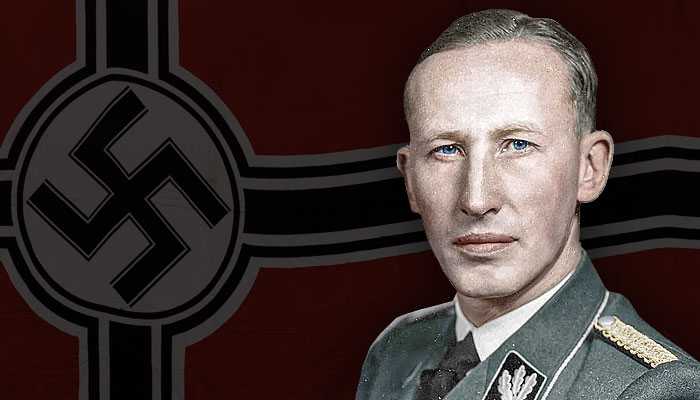
-
Born: March 7, 1904
-
Halle an der Saale, Germany
-
Died: June 4, 1942
-
Prague, Czechoslovakia
Reichssicherheits hauptamt

